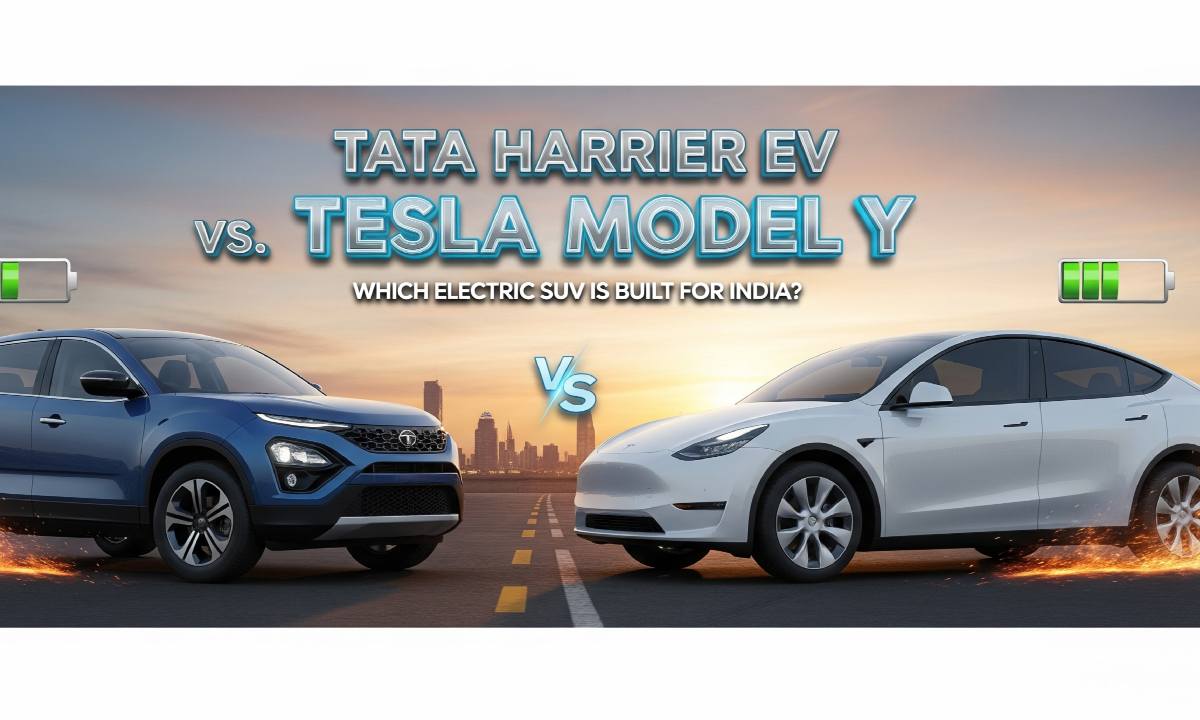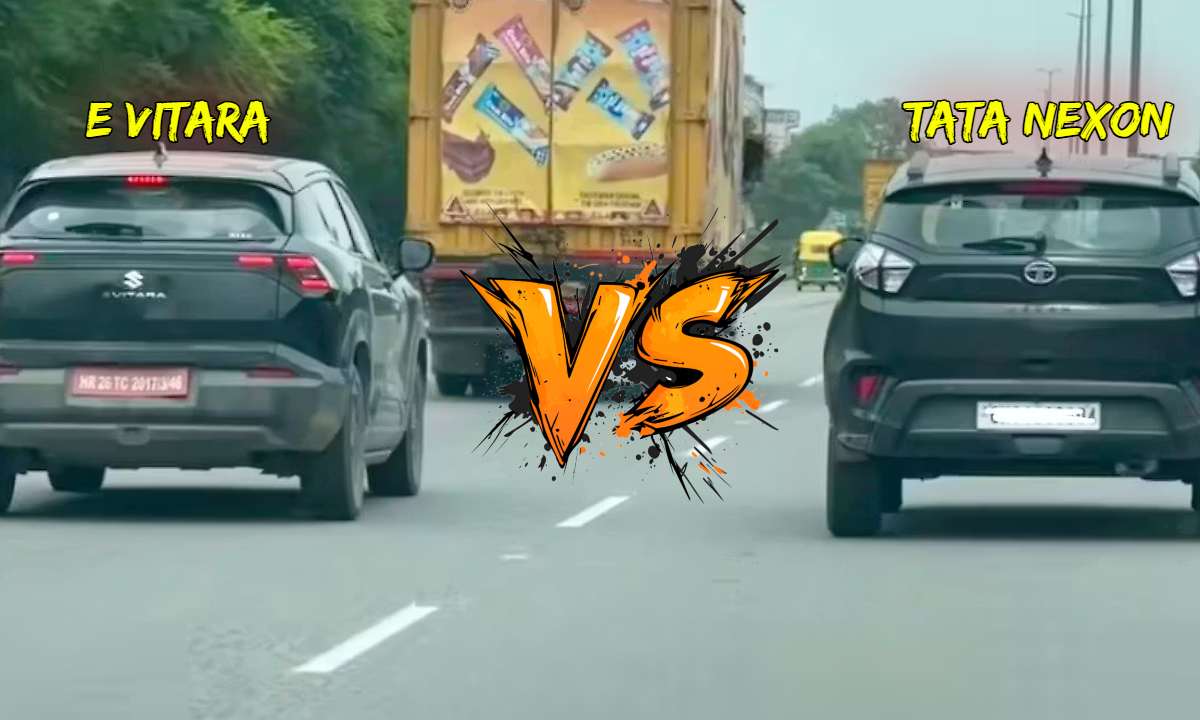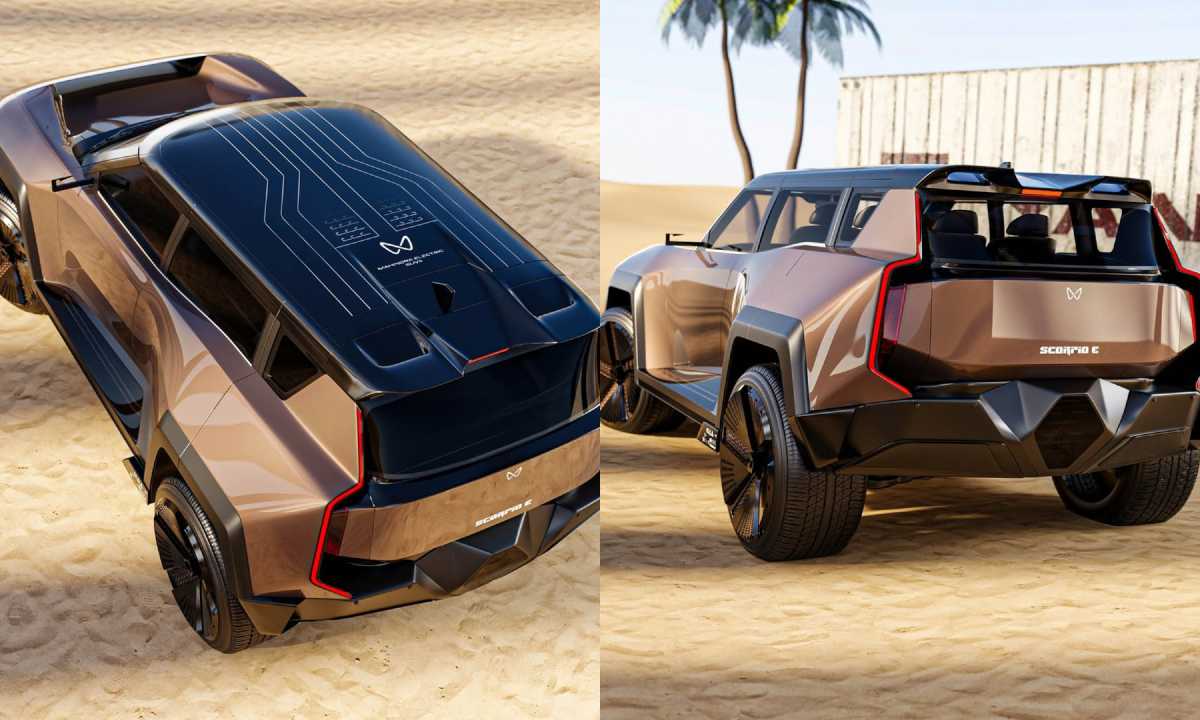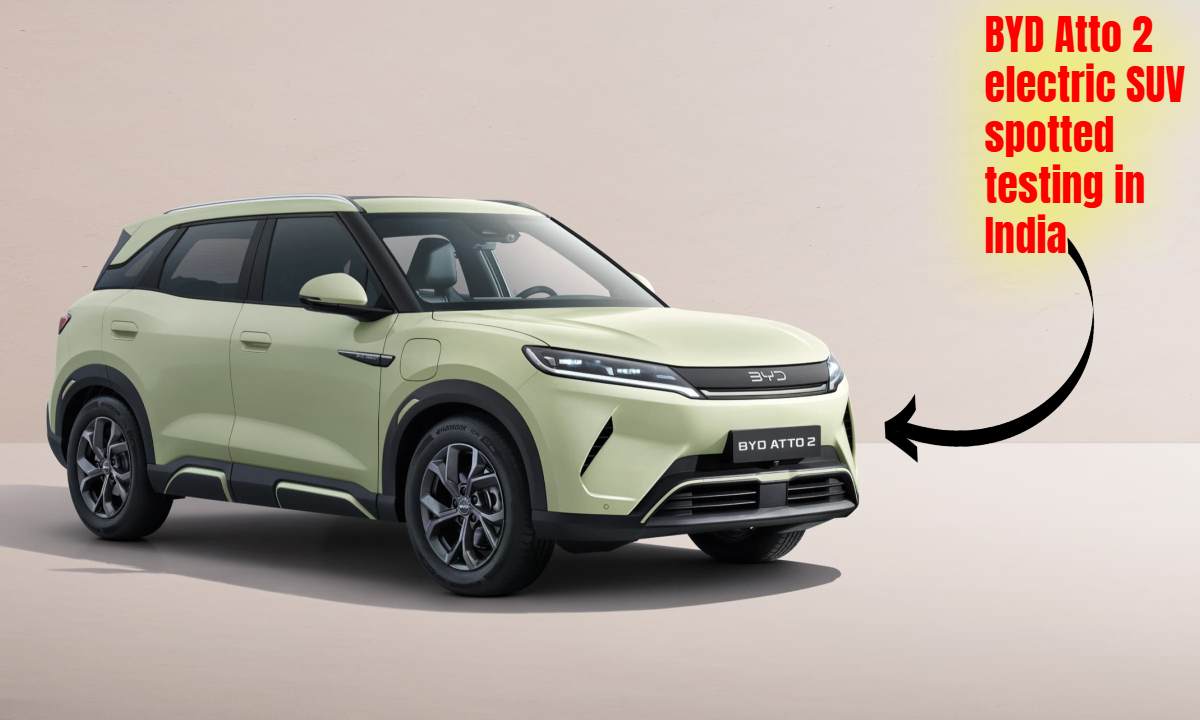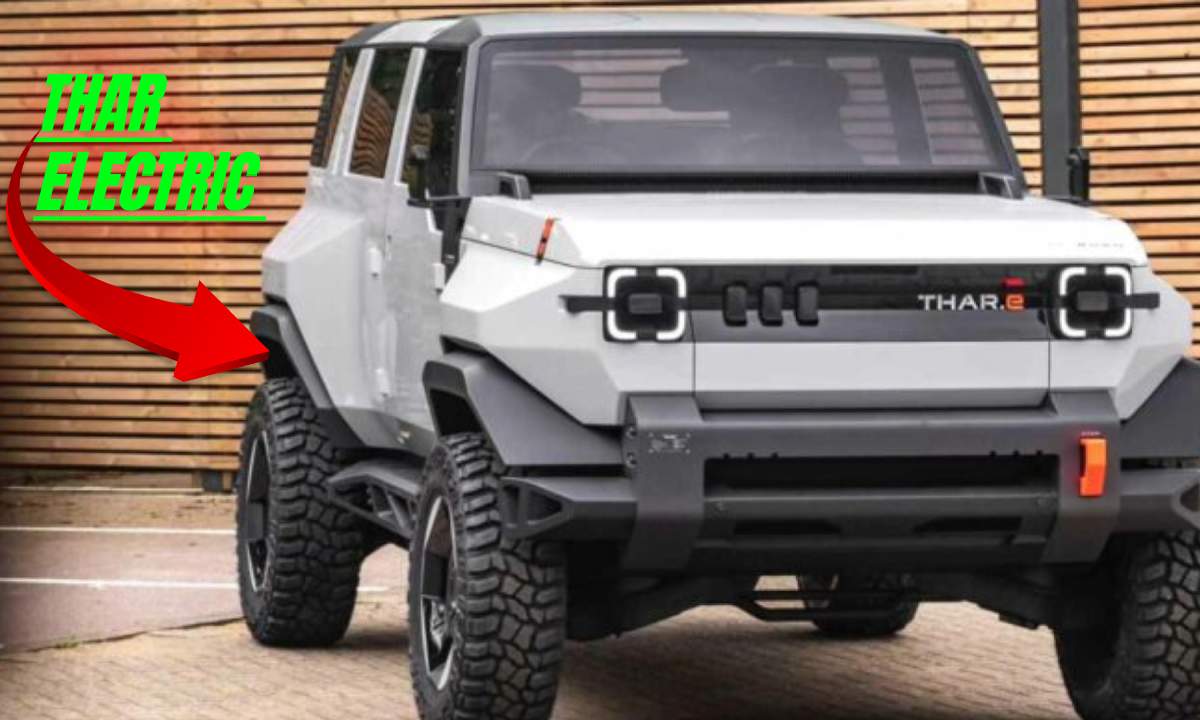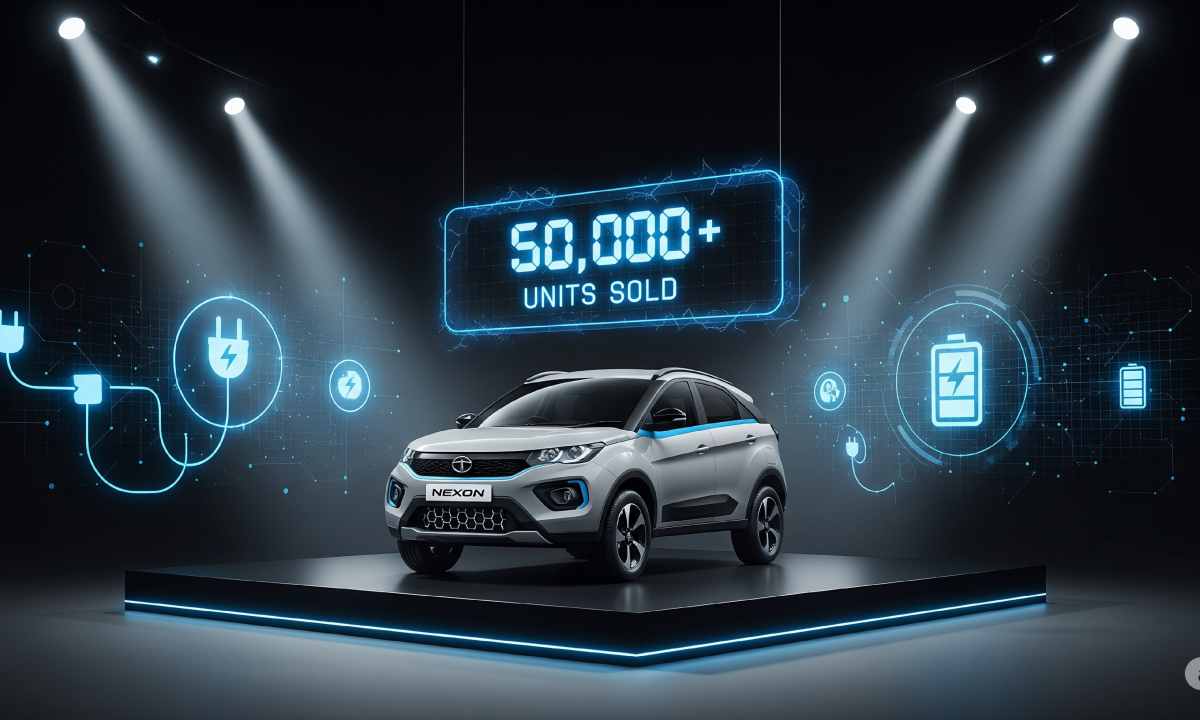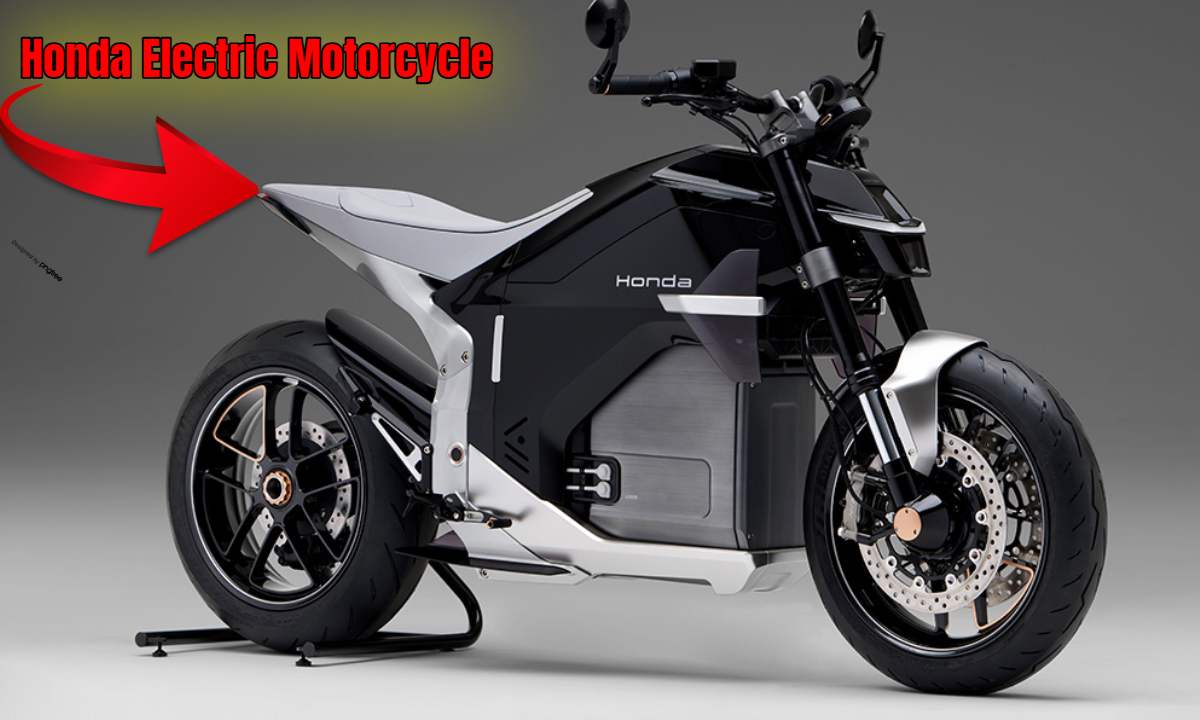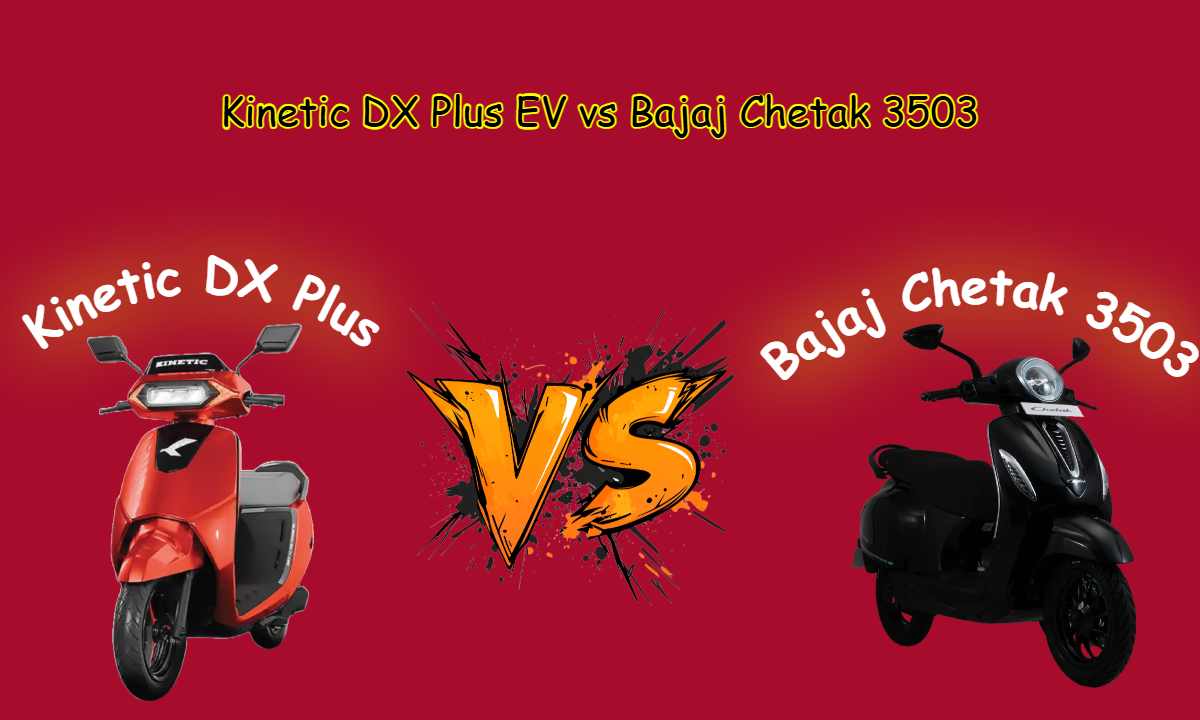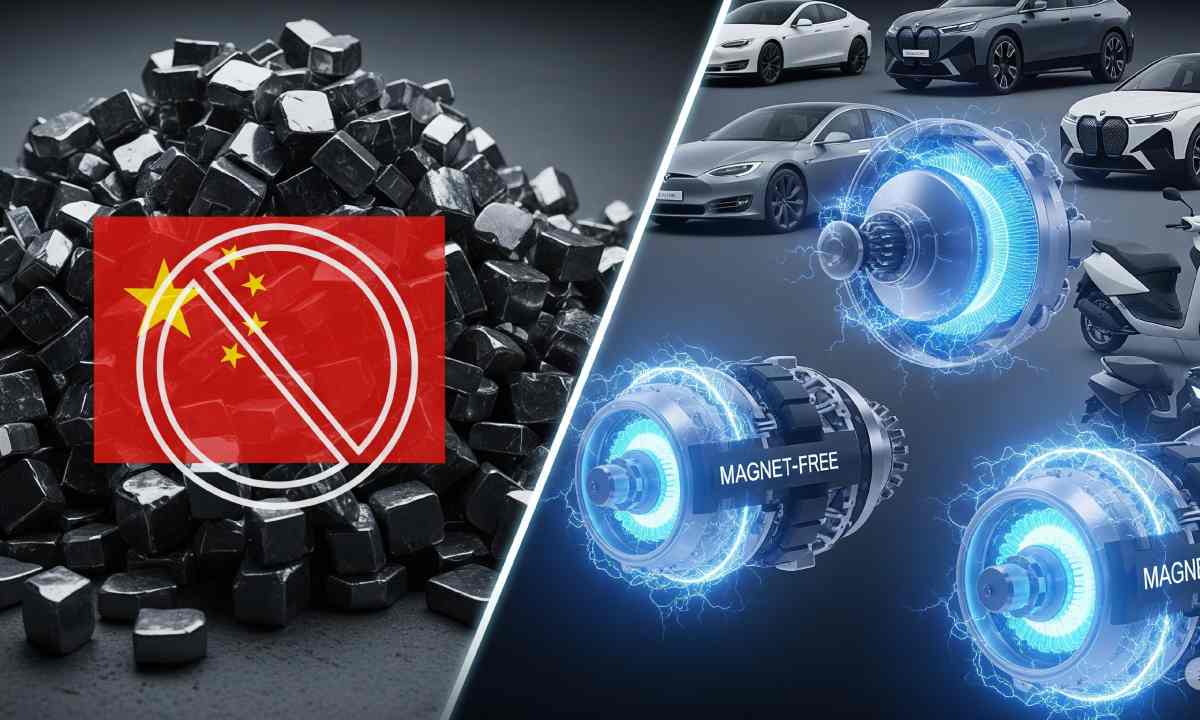Tata Harrier EV vs. Tesla Model Y: Which Electric SUV Suits Indian Roads
Electric vehicles (EVs) are no longer a distant dream in India—they’re hitting the roads with style and power. Two standout contenders, the Tata Harrier EV and Tesla Model Y, are sparking excitement among Indian buyers. The Harrier EV, a homegrown gem designed for India’s diverse roads, goes head-to-head with the Tesla Model Y, a global icon bringing cutting-edge tech to the Indian market. But which one is the better fit for you? Let’s dive into a detailed comparison of price, range, features, and performance to help you decide. Note: All prices and ranges are accurate as of July 2025 and may vary based on location and driving conditions.
Desi Power or Global Prestige
Price is often the deciding factor for Indian buyers, and here, the Tata Harrier EV shines with affordability. Starting at ₹21.49 lakh (ex-showroom) and going up to ₹30.23 lakh for the top-spec Stealth Edition, it’s a budget-friendly option for many, according to Tata Motors. The Tesla Model Y, however, enters the premium segment with a starting price of ₹59.89 lakh for the Standard version and ₹67.89 lakh for the Long Range variant, as per Tesla’s official pricing. That’s nearly three times the cost of the base Harrier EV! While Tesla’s global reputation adds prestige, the Harrier EV’s value-for-money proposition is hard to beat for cost-conscious buyers.
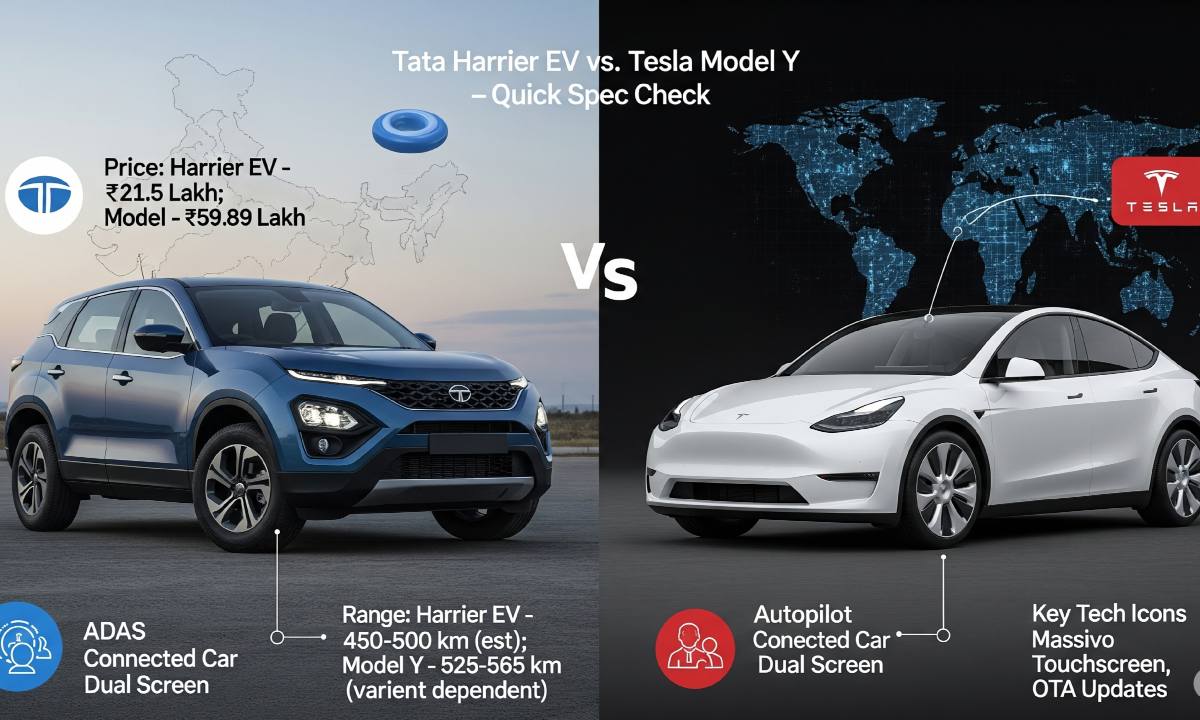
| Model | Starting Price (ex-showroom) | Top Variant Price |
|---|---|---|
| Tata Harrier EV | ₹21.49 lakh | ₹30.23 lakh |
| Tesla Model Y | ₹59.89 lakh | ₹67.89 lakh |
Range and Charging: Ready for Indian Journeys
Range is critical for EV buyers, especially in a country where charging infrastructure is still evolving. The Tata Harrier EV offers an ARAI-certified range of up to 627 km with its 75 kWh battery, though real-world tests by automotive reviewers suggest 480-505 km for the dual-motor AWD version and around 538 km for the 65 kWh variants. The Tesla Model Y Standard, with a 60 kWh battery, delivers a WLTP range of 500 km, while the Long Range variant with a 75 kWh battery reaches 622 km, according to Tesla. Real-world ranges may vary due to India’s traffic, heat, and driving habits, typically achieving 75-80% of claimed figures, based on EV owner forums.
Charging infrastructure is another key consideration. Tesla plans to roll out eight Superchargers each in Mumbai and Delhi, offering up to 267 km of range in 15 minutes for the Model Y Long Range, as reported by automotive news outlets. Tata, leveraging partnerships with Tata Power, is expanding fast-charging stations nationwide, with the Harrier EV’s 75 kWh battery capable of adding 250 km in 15 minutes using a DC fast charger, according to industry sources. While Tesla’s global network is unmatched, Tata’s local efforts make it a practical choice for Indian buyers.
| Model | Battery Options | ARAI/WLTP Range | Real-World Range |
|---|---|---|---|
| Tata Harrier EV | 65 kWh, 75 kWh | Up to 627 km | 480-505 km (75 kWh) |
| Tesla Model Y | 60 kWh, 75 kWh | Up to 622 km | ~500 km (Standard) |
Features and Tech: Modern Comfort Meets Futuristic Flair
Both SUVs are packed with tech, but their approaches differ. The Tesla Model Y’s minimalist interior features a massive central touchscreen controlling everything from navigation to climate control, paired with Autopilot for semi-autonomous driving, including lane-keeping and adaptive cruise control, as noted by automotive reviewers. However, full self-driving isn’t available in India yet, limiting its autonomous capabilities.
The Tata Harrier EV counters with a dual-screen setup (14.53-inch infotainment and 12.25-inch instrument cluster), offering a user-friendly interface tailored for Indian drivers. It includes Advanced Driver Assistance Systems (ADAS) like adaptive cruise control and lane departure warnings, plus connected car tech for remote monitoring, according to Tata Motors. Its premium interior, inspired by the Harrier facelift, balances familiarity with modern flair, making it less intimidating than Tesla’s futuristic design.
| Feature | Tata Harrier EV | Tesla Model Y |
|---|---|---|
| Display | Dual-screen (infotainment + cluster) | Single large touchscreen |
| ADAS | Yes, with lane assist, cruise control | Autopilot (semi-autonomous) |
| Connected Tech | Yes, remote monitoring | Yes, over-the-air updates |
| Interior | Premium, Harrier-inspired | Minimalist, premium materials |
Performance: Tackling India’s Diverse Roads
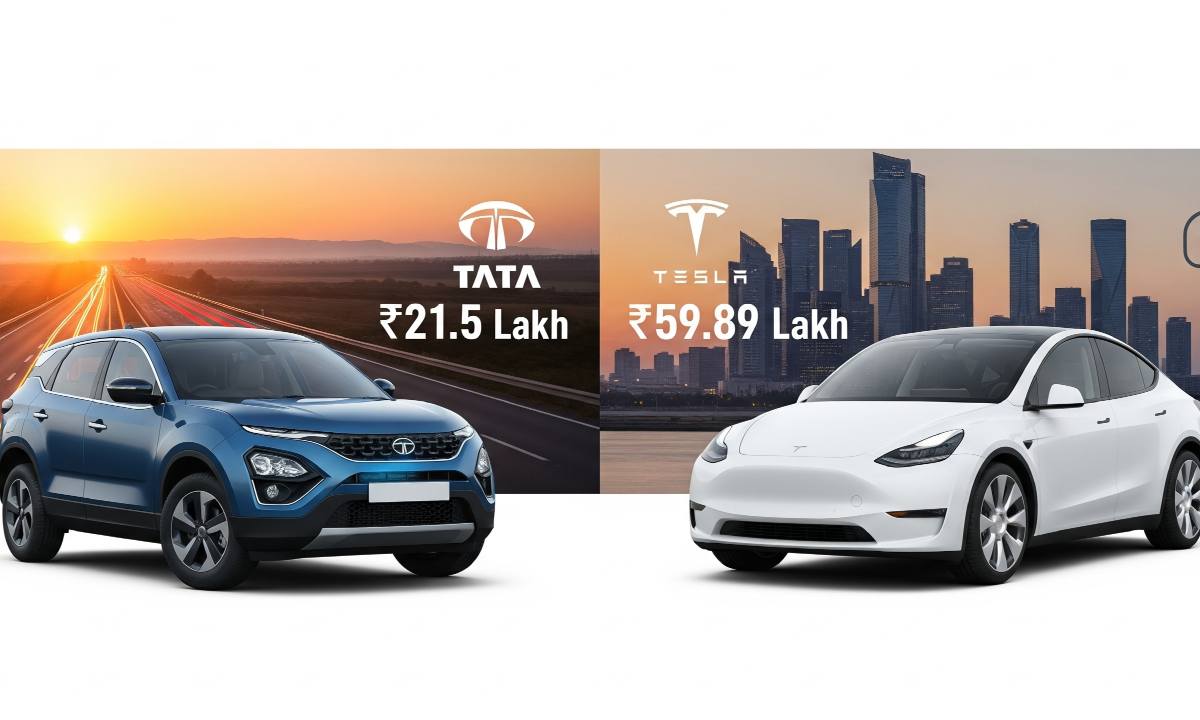
Performance is where these SUVs cater to different needs. The Tata Harrier EV’s dual-motor AWD setup in top variants delivers 504 Nm of torque, ideal for India’s monsoon-soaked roads or rural paths, as tire experts note AWD’s superior traction in slippery conditions. Its 0-100 km/h time is around 6.3 seconds, offering a balanced drive for city and highway conditions, according to automotive reviews. The Tesla Model Y, available only in RWD in India, produces 295 hp and 420 Nm of torque, with quicker acceleration (0-100 km/h in 5.6-5.9 seconds), as per Tesla’s specifications. However, on India’s pothole-ridden roads, the Harrier EV’s AWD and higher ground clearance may provide better practicality.
| Model | Drivetrain | 0-100 km/h | Torque |
|---|---|---|---|
| Tata Harrier EV | RWD or AWD | ~6.3 seconds | 504 Nm |
| Tesla Model Y | RWD | 5.6-5.9 seconds | 420 Nm |
Which One Suits You?
For Indian buyers prioritizing affordability, practicality, and suitability for diverse road conditions, the Tata Harrier EV is a compelling choice. Its AWD system, competitive range, and lower price point make it ideal for navigating India’s challenging roads, from city traffic to rural paths. Industry experts highlight that AWD systems offer superior traction in slippery conditions, a common challenge during India’s monsoons. Imagine driving from Delhi to Jaipur—the Harrier EV’s range ensures a smooth trip with minimal charging stops.
If budget isn’t a constraint and you’re drawn to cutting-edge technology and global prestige, the Tesla Model Y delivers a futuristic experience with its Autopilot and sleek design. However, its higher price and RWD setup may be less practical for India’s varied terrains. Both SUVs are pushing India’s EV market forward, offering exciting options for different buyers.
FAQ: Your Top Questions Answered
Q: How does the charging infrastructure compare for both vehicles?
A: Tata’s partnership with Tata Power ensures a growing network of fast chargers across India, while Tesla’s Supercharger rollout is starting in major cities like Mumbai and Delhi. Check official sources for the latest charging station updates.
Q: Which is better for city driving?
A: The Harrier EV’s AWD provides better traction on uneven or wet city roads, while the Model Y’s RWD excels on smooth, dry surfaces.
Q: What about maintenance and resale value?
A: Tata’s widespread service network may offer lower maintenance costs and better accessibility. Tesla’s premium positioning could lead to higher resale value, but its service network is still developing in India.
Final Thoughts
The Tata Harrier EV vs. Tesla Model Y showdown marks an exciting chapter in India’s EV journey. Whether you lean toward the desi powerhouse or the global trailblazer, both vehicles offer compelling choices.

